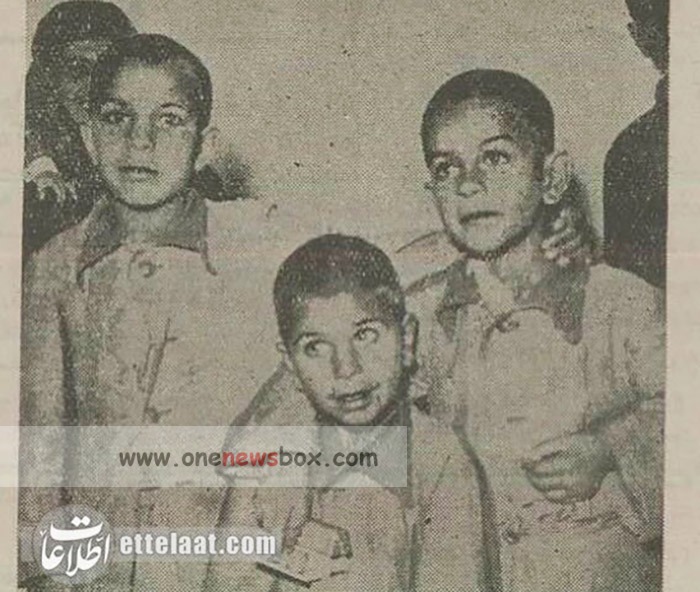The Journey Home
The release of the Iranian prisoners was the result of extensive diplomatic efforts between Tehran and Moscow. By the early 1950s, both countries had reasons to seek a thaw in their relations. Homeland, under Prime Minister Mohammad Mossadegh, was pursuing a policy of nationalizing its oil industry and asserting its independence from foreign powers. For its part, the Soviet Union was interested in improving ties with Iran to counterbalance Western influence in the region.
The return journey for the released prisoners was both joyous and bittersweet. For many, it marked the end of years of suffering and uncertainty. Yet it was also a reminder of the time they had lost and the lives they had left behind. Some returned to find their families had moved on or that their communities had changed in their absence. For others, the physical and psychological scars of their imprisonment were a constant reminder of their ordeal.
The Impact on Iran-Soviet Relations
The release of the prisoners had a mixed impact on Iran-Soviet relations. On the one hand, it was seen as a gesture of goodwill on the part of the Soviet Union, signaling a willingness to improve ties with its southern neighbor. On the other hand, the very fact that these individuals had been imprisoned in the first place was a stark reminder of the deep mistrust and antagonism that had characterized the relationship between the two countries for decades.
In Iran, the return of the prisoners was met with a mix of relief and anger. While their release was celebrated as a victory for Iranian diplomacy, it also fueled resentment against the Soviet Union for its treatment of Iranian citizens. This resentment was part of a broader anti-foreign sentiment that was growing in Iran at the time, driven by widespread frustration with the influence of both the Soviet Union and Western powers in Iranian affairs.

